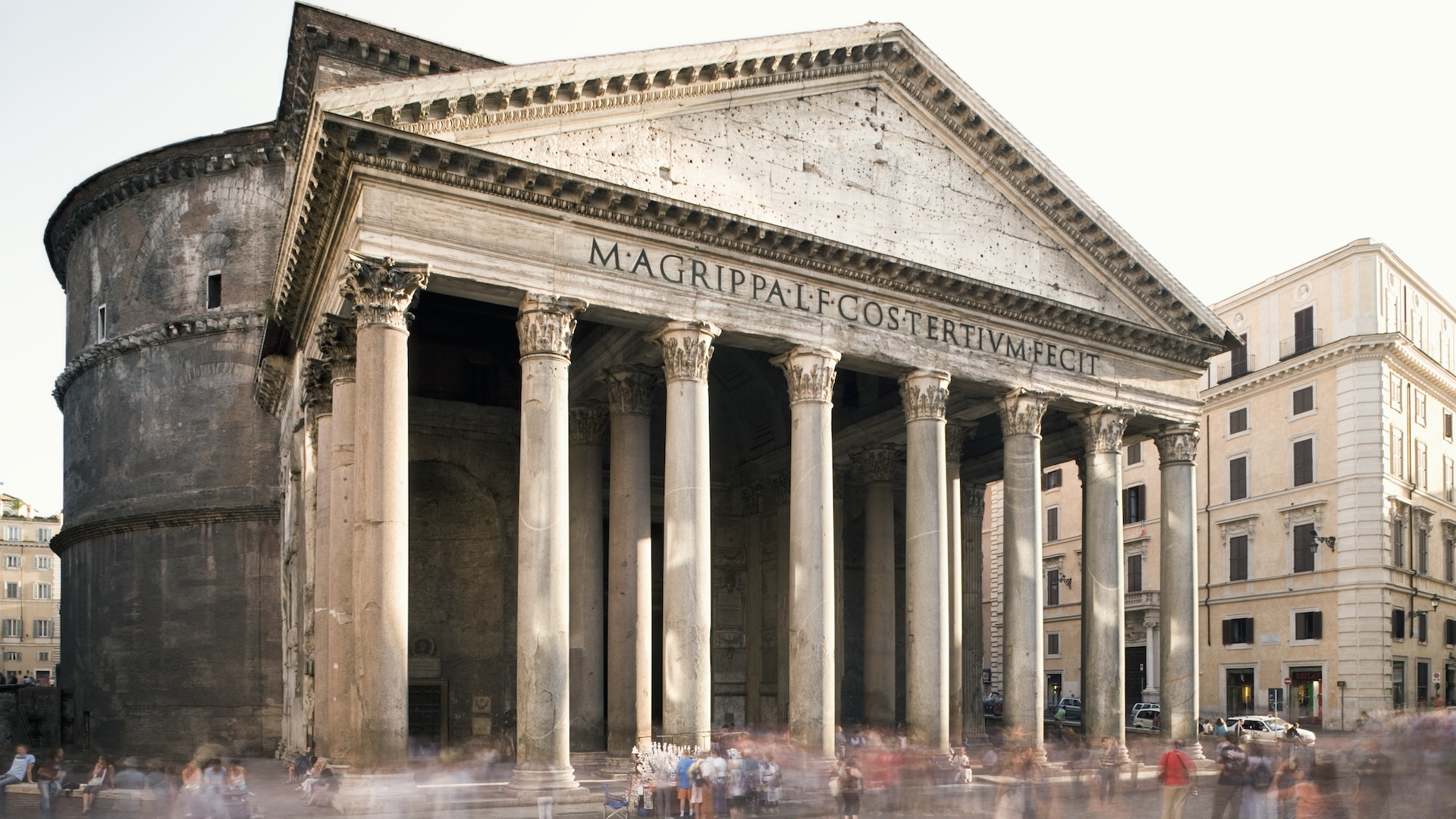When you purchase through links on our web site , we may pull in an affiliate commission . Here ’s how it works .
Archaeologists in Luxembourg have discovered a lavish 1,700 - yr - sure-enough hoard of Roman gold coin that had been placed near the foundations of a small , tugboat - like Roman fort .
The squad unearthed 141 gold coins , which were mint between A.D. 364 and 408 , in Holzthum , a small town in northerly Luxembourg . The coins feature portrayal of eight emperor , but three coins portrayed an unexpected rule : Eugenius , an illicit emperor of the WesternRoman Empirewho reigned for only two years ( 392 to 394 ) .

Some of the 1,700-year-old gold coins, which feature portraits of eight Roman emperors and the illegitimate emperor Eugenius.
This usurper , Eugenius , a rhetoric teacher and royal court official , was extol emperor of the West by a herculean military officer , month after the western emperor Valentinian II was found flow under deep circumstances . However , Theodosius I , the Christian emperor in the East , refused to realize Eugeniusand disapproved of his supposed insurance policy of religious tolerance . This lead to armed conflict and culminated in Eugenius ' crashing defeat and death at the Battle of Frigidus in September 394 . His coins are especially rare because his time in mightiness was so shortsighted .
" This is a major archaeological breakthrough , as it is extremely rare to be able to canvas an entire ancient pecuniary sedimentation in its archeologic context , " investigator write in a translatedstatementfrom the National Institute for Archaeological Research ( INRA ) in Luxembourg .
Because of its historic signification , the breakthrough was kept mysterious for almost four age , with excavation under the guidance of INRA assume place from 2020 to 2024 . The squad also face wild conditions , as there were multiple World War II fortification and explosives bury in the area , instigate the Luxembourg Army Mine Action Service ( SEDAL ) to aid with the dig .

One of three gold coins featuring Eugenius that was found in a Roman-era hoard in Luxembourg.
Related : unpaid freedivers recover gold gem date to the fall of the Roman Empire
Worth nearly $322,000
The gold coins are solidi , a term that comes from the Latin " solidus , " meaning " satisfying " — a reference to their consistently reliable gold content . The coins , each of which weighs some 0.16 snow leopard ( 4.5 grams ) , were bring in at the beginning of the fourth hundred during the era of the " Later Roman Empire . " The solidus remained comparatively stable for centuries and distribute throughout the integral Mediterranean region .
— Buried gem of 44 involved gold coins regain in nature reserve in Israel
— 1,500 - twelvemonth - one-time Au coins from Byzantine Empire discovered in medieval dwelling in Bulgaria

The site of the hoard’s discovery in Luxembourg
— rarified papistical - era silver ingots depicting Constantine the Great seized from so-called black - food market sale
" It will still take some prison term to process the excavations and discovery , " Luxembourg Culture MinisterEric Thillsaid in a translatedparliamentary statement , " but it will doubtless increase our knowledge and agreement of the last hundred of the Roman Empire in the West . "
The researchers plan to analyze the cache further and finally release the event in a enquiry journal .

















